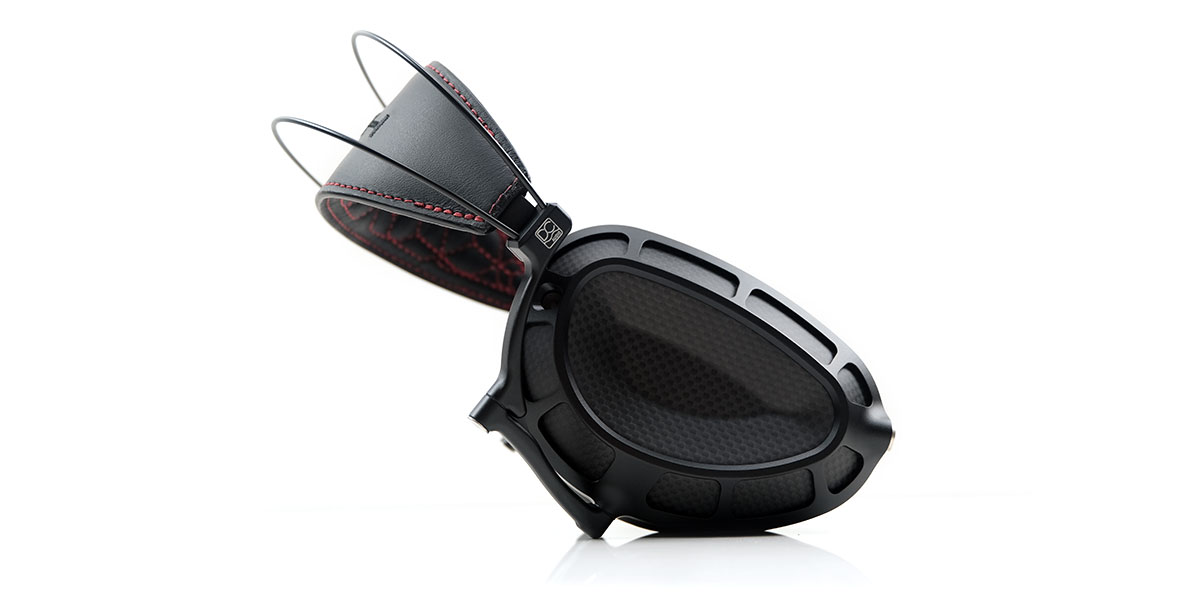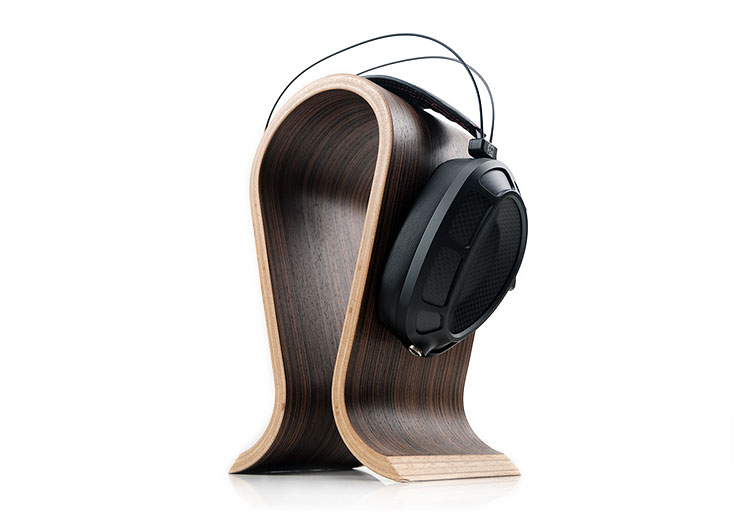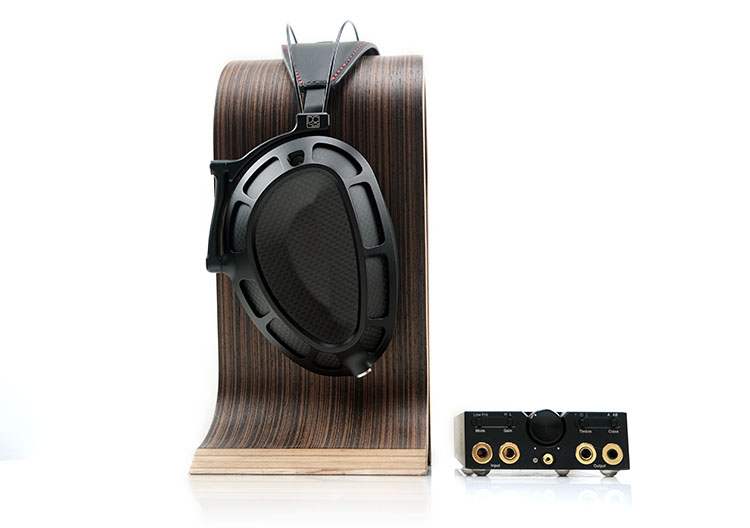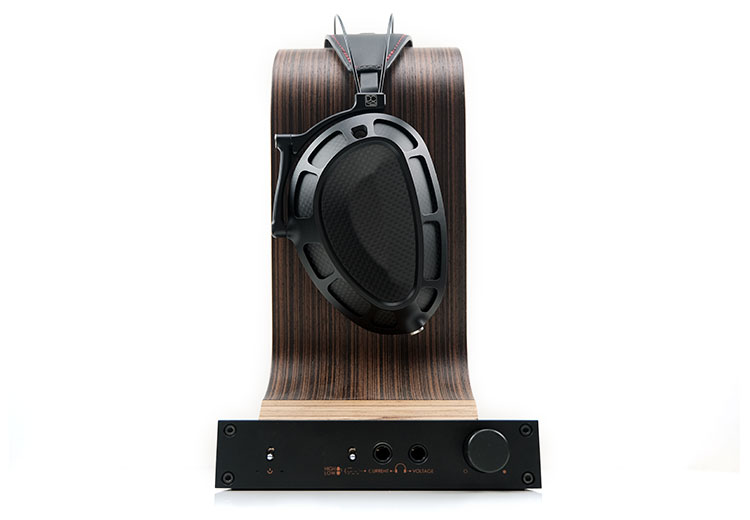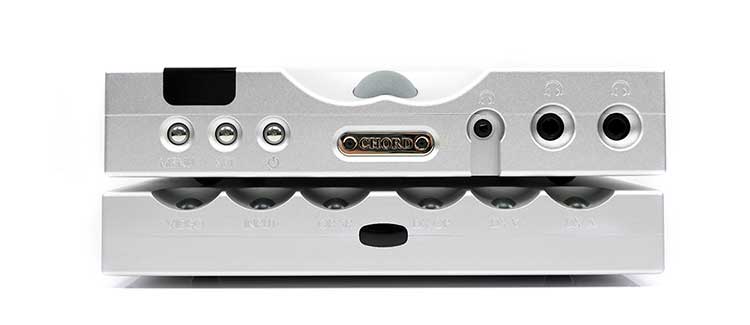Sound Impressions
Summary
The Stealth is easily the best-sounding Dan Clark Audio headphones to date and probably one of the most accomplished closed-back headphones I have reviewed thus far.
This is a very natural and unruffled sound signature with excellent levels of detail delivered in a soundstage that offers no real obvious hint that what you have on your head is a closed-back headphone.
If anything, you could argue the Stealth has a slightly mid-centric tuning with vocals often taking center stage. However, the close adherence to the Harmon Target Curve ensures that it sounds wonderfully clear yet smooth without resorting to faux detail from an unnatural or forced treble presence.
That is not to say the Stealth lacks any bass response, heck no! The sub-bass extension on the Stealth is up there with the HIFIMAN HE-R10P, perhaps more so right at the 20Hz level. Rather it’s not overblown belying any closed-back preponderance to excessive reverb with a very distortion-free performance.
The Stealth’s control and layering on the low-end are superb as it is right the way through the response curve. In a way, the Stealth really hammers home Dan’s penchant for delivering a natural, unforced tonal quality in a very balanced manner. Nothing sounds out of whack, congested, or overly bright.
I hesitate to call the Stealth a reference-type sound signature in the classic sense but it’s a very natural and detailed-sounding closed-back headphone that you can listen to for ages without fatigue. On that basis, I would be using it as a reference point for comparing other high-end closed-back headphones.
Frequency Response
Honestly, the Stealth FR is as close as I have seen a closed-back ever hit the Harman Target Curve with just some subtle variations right at the low-end and in the upper-mids to lower treble transition.
Those subtle tilts and drops give the Stealth some welcome solidity and perceived depth on the low end as well as allowing vocals and percussion to remain vibrant and imaging just right for me but without any overt harmonic dissonance creeping in.
On the low end, the Stealth is more sub-bass dominant than mid-bass punchy with a 20Hz to 50Hz bias though the mid-bass is not exactly flat with just a minor bump for a bit of a natural warm hue.
From 200Hz it does dip for some essential bass to mids separation but it’s on a nuanced rising curve up to 1k so lower-mid instrumentals have some excellent body and are not overly contrasty sounding. You get some nice presence here with a solid pure planar bass type of fundamental that works so well for bass guitar plucks and slaps.
The 1-4k range has some elevation consistent with the Harman curve but careful on the interpretation there as it is not a shouty in-your-face performance. True, it is probably the region that captures the most energy which is probably why the 4-6k range drops off a bit to compensate and control any excess overtones from its secondary 8k treble bump.
From 6k onwards the Stealth treble is very coherent sounding with a welcome but nuanced 8k bump preventing it from sounding overly relaxed and just the right amount of energy to give the Stealth percussion timbre some bite.
Timbre
Natural sounding timbre yes, overly warm or smoothed over timbre? No. I think that is an important point to make because it can often lead to the interpretation that perhaps the Stealth timbre overly relies on even harmonics to disguise any potential imperfections in the driver performance which is definitely not the case here. This is a very balanced tone to my ear.
However, neither is it a bright or neutral tonal signature up top when driven properly. Despite a secondary 8k bump, the Stealth does not rely on faux detail as I call it to create a perceived sense of clarity by pushing hard on the treble presence to help build a ‘vibrant sound’ where the head gain is strongest.
Does the Stealth convey power with a solid fundamental in its lower pitching timbre? Yes, impressively so, but here I have to mention the power caveat because the Stealth is not an efficient headphone. A good amplifier is required to tickle the Stealth toes in a meaningful manner otherwise lower pitching instruments lack gravitas.
More than that, the amplifier and DAC’s own sound signature will influence the timbral characteristic in terms of the fundamental presence in the Stealth’s bass and lower mids instrument notes.
For example, powerful DAPs like the iBasso DX300 and HiBy R8 will give you a fairly balanced timbral overtone but with a softer fundamental meaning, the Stealth low-end becomes less distinct and too flat. They just do not have enough power for the Stealth to sound optimal.
In terms of reflecting amplifier characteristics in the timbral performance, the Chord TT2 is lavish for detail with a nailed-on midrange and wonderfully defined bass characteristics with the Stealth. However, the low-end is a bit linear for my taste compared to the weightier dCS Bartok pairing.
Staging & Dynamics
The Stealth sounds nothing like a classic closed-back headphone in terms of staging. This is a very open-sounding performance with none of the obvious reverb and distortion on the low end meaning it can go really deep but keep a lid on excessive closed-cup bloom.
That control also means the sub-bass tilt and general bass layering are easily picked up and reflected in the Stealth’s staging depth performance with a good amplifier.
One thing to note is the separation, not just in the bass but throughout the Stealth’s FR. It never feels congested and is never forced either for top-end presence to achieve good headroom.
The actual shaping does feel a little mid-forward overall with vocals to the fore and instruments below high-pitching percussion just a shade behind.
That is generally how I prefer my tuning anyhow as a vocal lover and it does help that DCA has tuned that 4-6k with a slight dip to ensure the vocals do not pick up any unwanted dissonance or excess treble energy.
Synergy
Power
The Stealth is rated at 22Ω and around 86-87dB SPL which makes it one of Dan Clark Audio’s least efficient or most current demanding planar headphones to date.
As a point of comparison, using the Hugo TT2 and the Bakoon HPA-01, the Ether C Flow was the easier of the two to drive with a rating of 92dB SPL with the HIFIMAN HE-R10P way more sensitive at 100dB SPL.
I would still advise good amplification for all three and all three do tend to perform very well with current mode amplification or an amp with a good current domain performance to prevent any potential clipping.
Particularly so for the Stealth since only notable headphones such as the HIFIMAN Susvara, HE6, and the HE6SE at around 83dB are less efficient on paper. You could make an argument also for the Diana Phi being on a similar level in terms of current demand for optimal performance.
Portable Pairings
Aside from the iBasso DX300 MAX, DAPs are out for me when paired with the Stealth in terms of dynamic range. Not that there are any timbral issues, all of our tested DAPs sounded smooth and natural to my ear, rather, the low-end impact and sheer scale of the performance were a bit flat.
The most powerful DAPs we tested, the HiBy R8 and the DX300 in high gain 4.4mm balanced, sounded quite promising in terms of coloration. Both offered a relatively sweet and easy-going timbre with the R8 offering a bit more low-end body.
However, compared to the DX300 MAX and desktop amps with better power, the sub-bass depth and presence were lacking leading to both sources delivering a soft and relatively muted performance.
The MAX version of the DX300 did a lot better with a more expansive soundstage and clearly improved dynamics. This pairing is one you could get away with when paired with the Stealth if you lacked a dedicated desktop amplifier.
The Cayin C9 did very well with the Stealth and is by far the most competent portable amp when it comes to digging out some presence and dynamic range at the very lowest level.
However, you do need a truly balanced line-out from your source and for the C9 to operate in pre-out and not line-out mode to get that level of performance. Going fixed from DAPs sounded very flat compared to pre-out.
Desktop Pairings
How you enjoy your desktop/Stealth matchups is largely going to depend on what you prefer to hear, be it sub-bass presence, midrange detail, or a balance of both. I did find the Stealth to be relatively transparent when it came to reflecting a desktop amplifier’s signature traits.
Weight
My own personal preference was for an amplifier, (and DAC behind it) that was a bit weightier on the low end and not too shrill on the top end. I do value a very life-like and natural vocal to go along with that. If you jive with that then the likes of the dCS Bartok and the Violectric DHA V590 are perfect for the Stealth.
If you are concerned about any possibility that the Stealth lacks slam or sub-bass rumble then these two amplifiers will change your mind considerably. The key difference for me though between these two was the internal DAC.
The V590’s dual AK4490 created a physical and energetic low-end performance from the Stealth, probably the best of the tested amps for pure sub-bass physicality. However, the dCS Ring DAC was smoother through the mids and treble whereas the Stealth AKM DAC sounded spikier and less refined on the upper mids, not as natural sounding.
One little quasi-portable setup I just loved was the Bakoon HPA-01 current mode amplifier. This is a battery-powered mini desktop with around 1W into a 50Ω load which is not huge compared to the aforementioned amps but its current mode capability produces a really tight, fast-paced, and punchy performance with the Stealth.
Detail
For those that value their extreme detail or perhaps an airier mids and treble then the Chord Hugo TT2 and the XI Audio Formula S, (with the dCS Ring DAC) will give you more emphasis on that than outright slam.
Not that the Hugo TT2 is lacking in low-end extension with the Stealth but it trades in the V590/Bartok physicality and sub-bass thickness for staging complexity and lighting fast articulation.
If you also happen to have the M-Scaler to pair with the TT2 then take all that above and add an ‘audible magnifying glass’ on top. What I mean by that is primarily the definition, note clarity, and layering which all go up a notch allowing you to pick out every micro detail possible from your tracks with the Stealth.
The Formula S, likewise, is not a bass monster and instead focuses on headroom. It is also less mids-intense compared to the Stealth/TT2 pairing preferring to deliver a slightly sweet timbre and very clean expansive highs.
I would not call this a bright pairing, rather the low-end is not as thick or as forward as the Bartok/V590 or even the Bakoon but it is punchier than the TT2/Stealth pairing.

